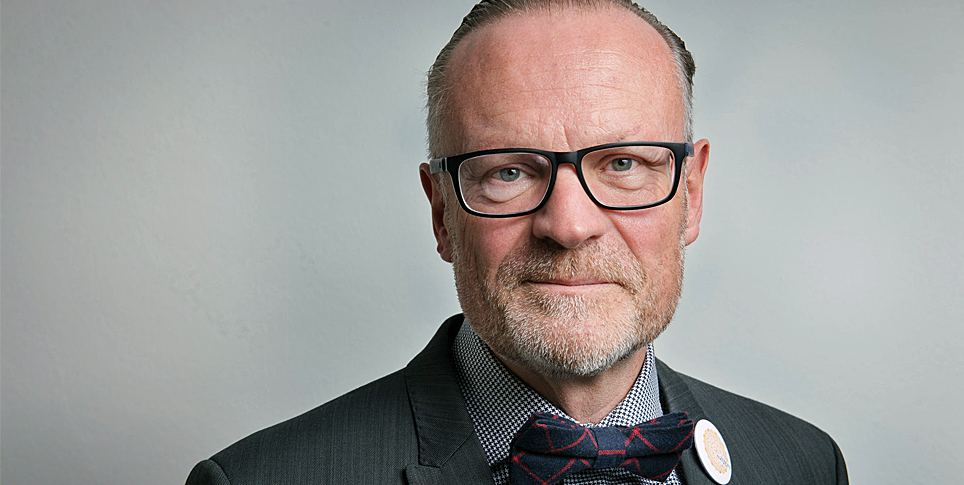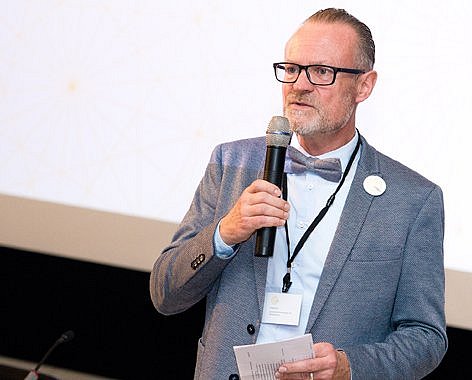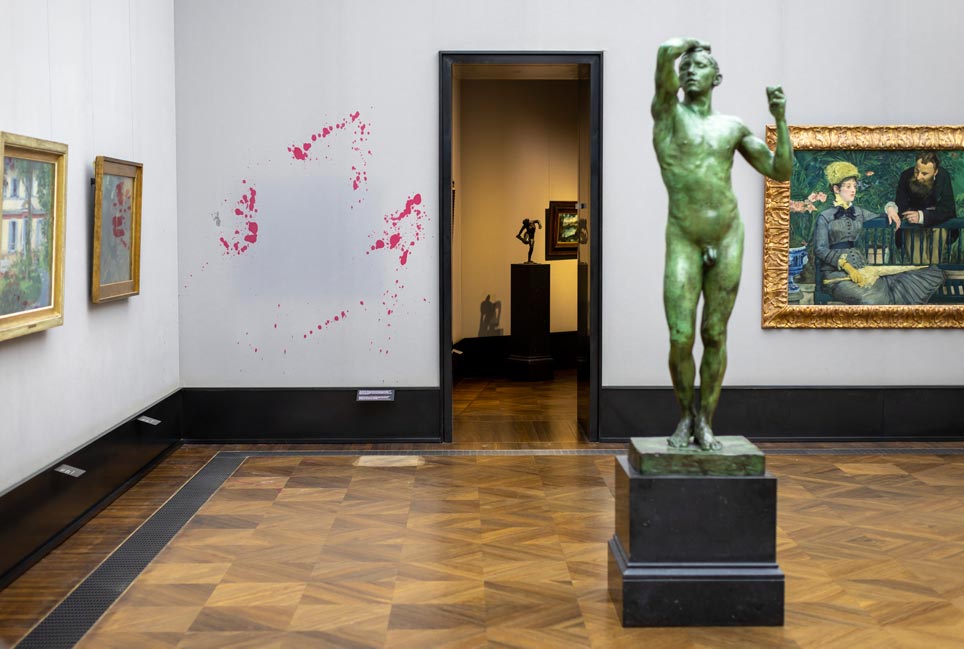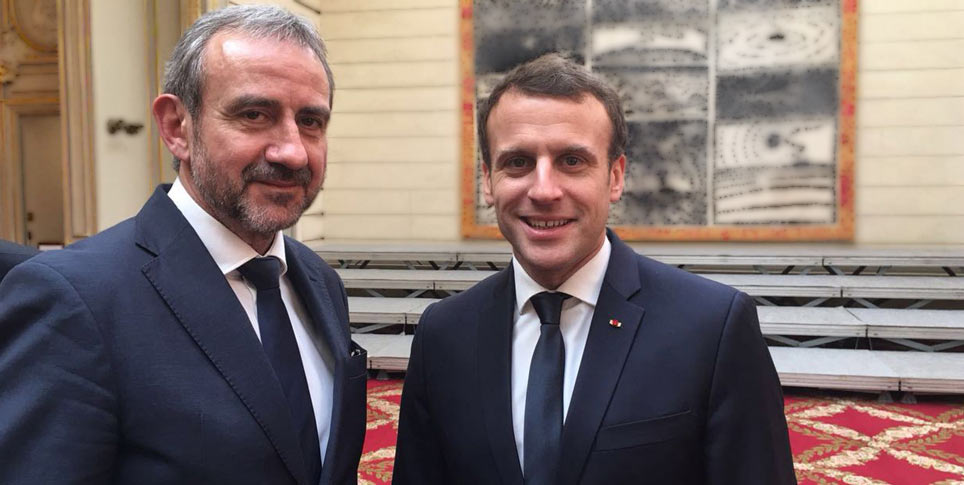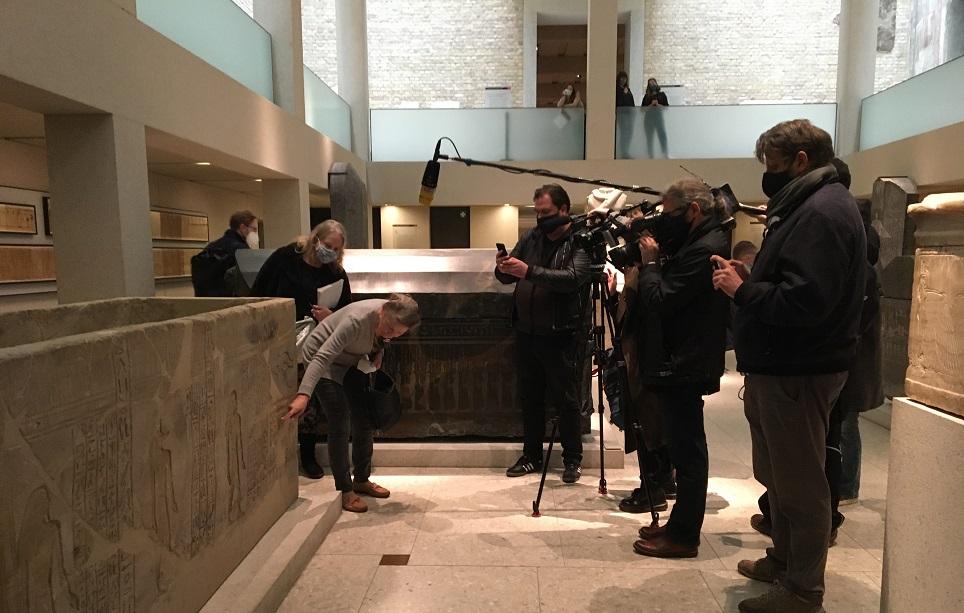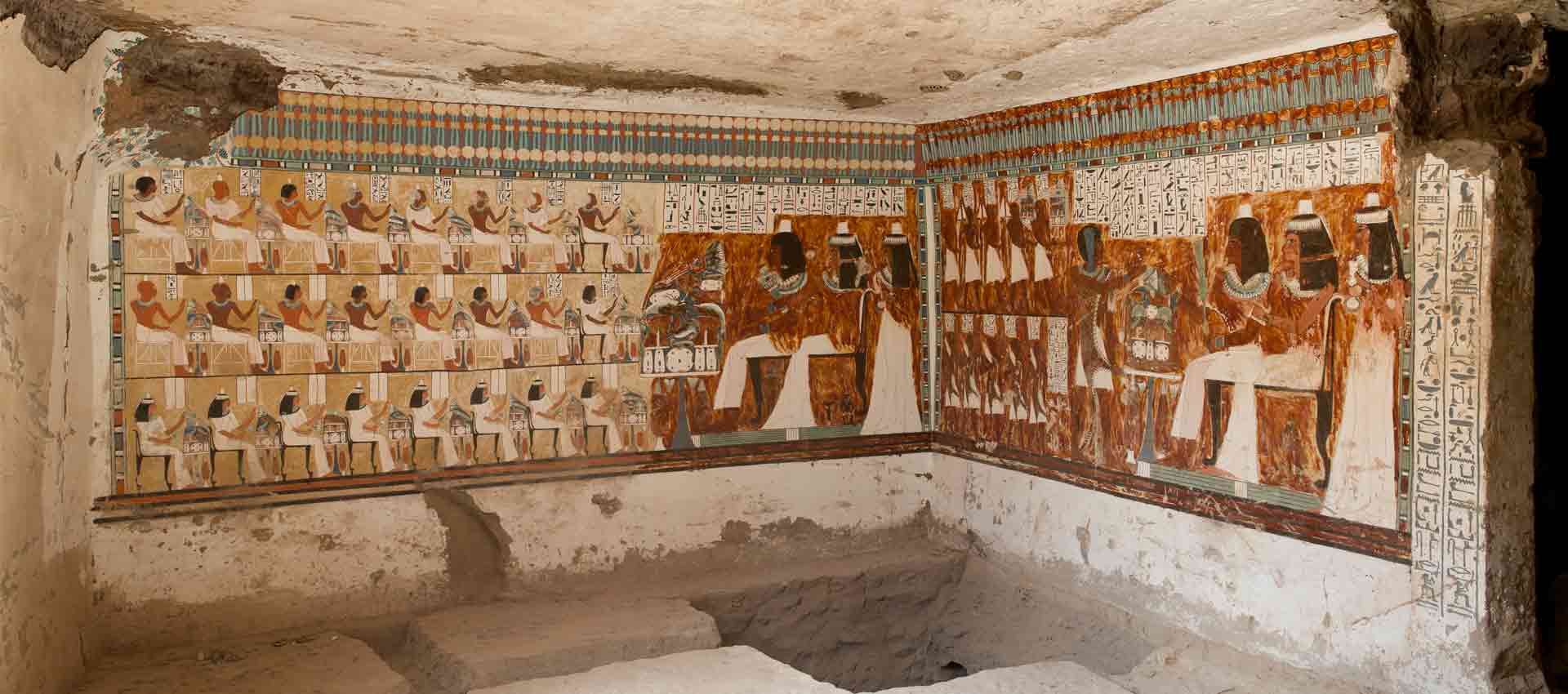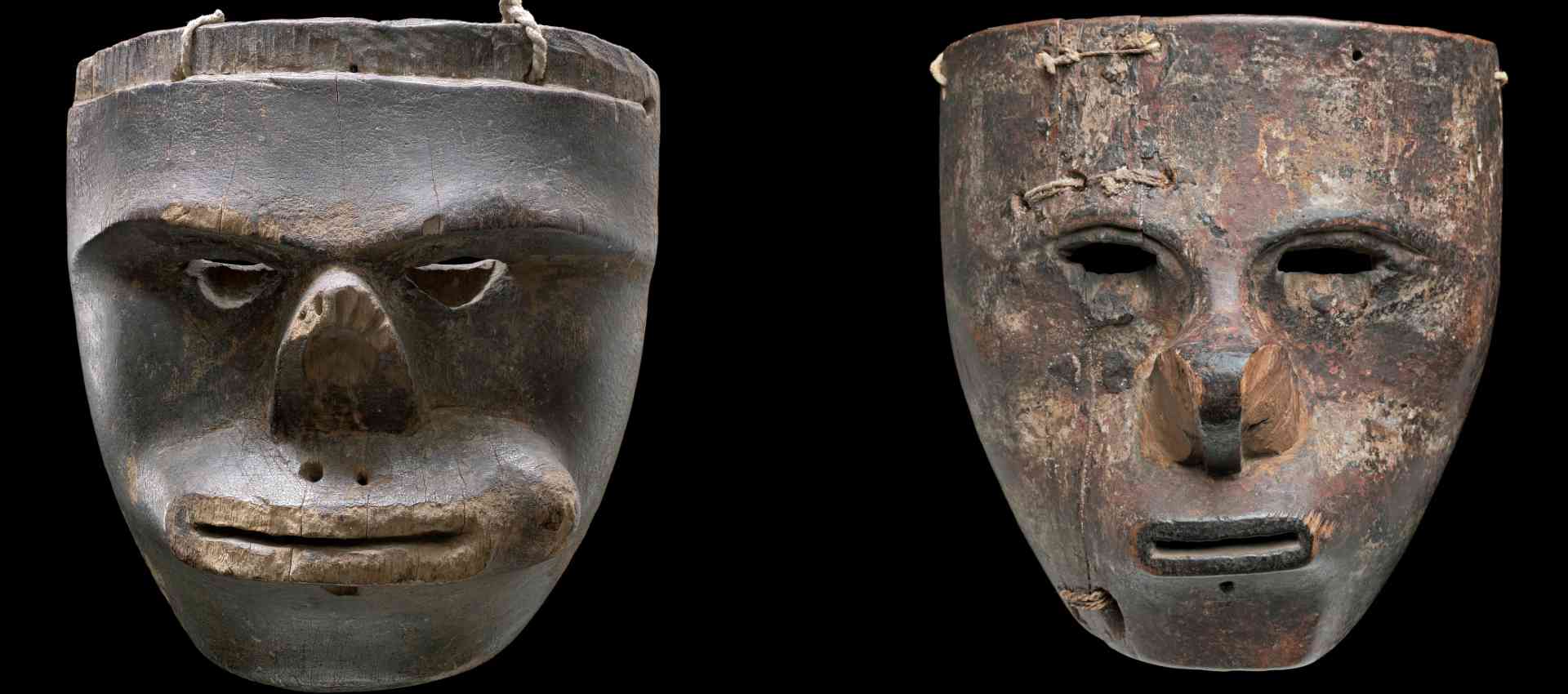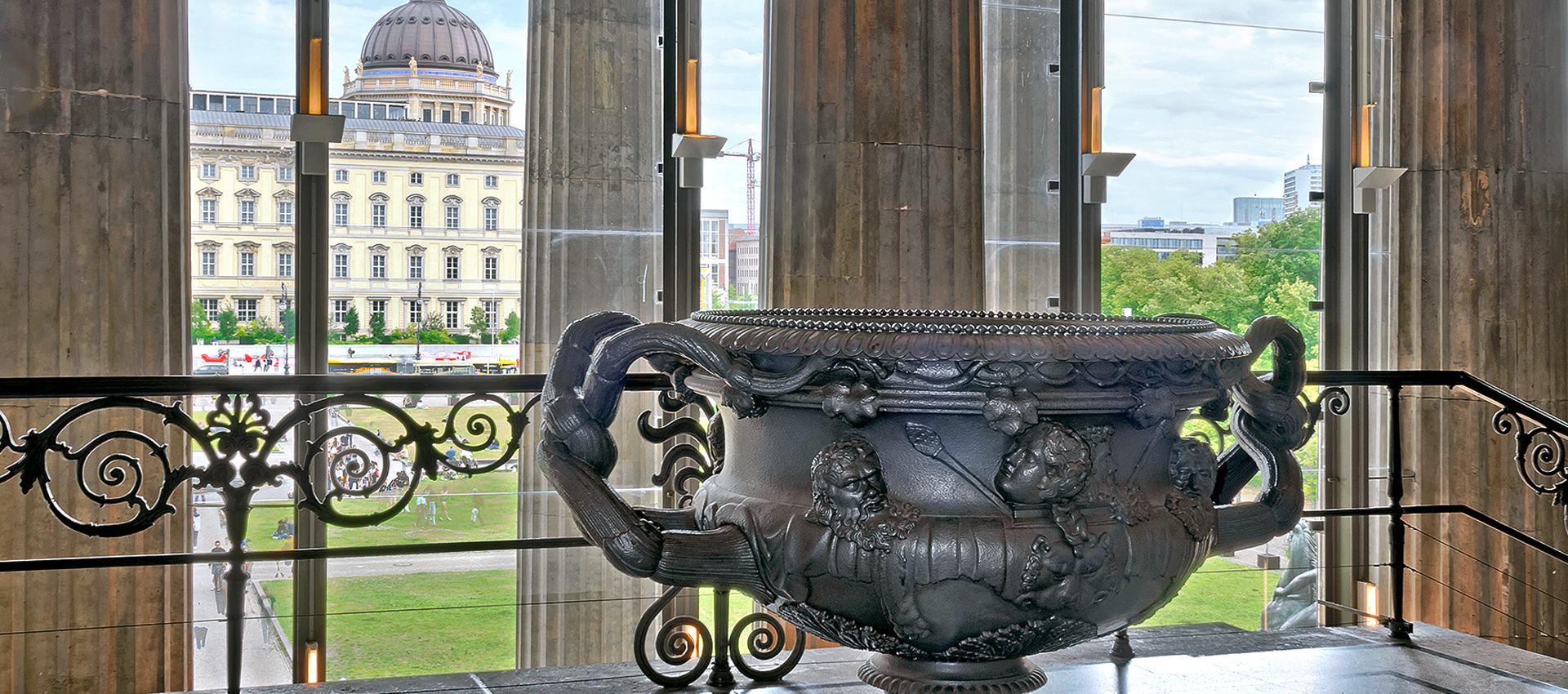Uwe Koch is Manager of the Deutsches Nationalkomitee für Denkmalschutz (DNK) - and national coordinator for the Cultural Heritage Year in Germany. He talks about, what cultural heritage means to him, what potential culture has for Europe in today’s day and age and what challenges memory institutions face in the joint task of communicating this cultural heritage to a wide public.
Mr. Koch, you are the idea provider and designer as well as the national coordinator for the European Year of Cultural Heritage. There are an unbelievable number of events taking place and an unbelievable number of public institutions, private initiatives and even small associations are participating in Sharing Heritage. A unifying, even healing effect is attributed to culture – in your opinion, how great is the potential of culture for Europe in today’s world?
I’m convinced that culture and cultural heritage are more significant for our time than they are perhaps generally communicated and perceived. In these times of great change and dynamics in which we find ourselves, we are all constantly being challenged to find a position and to define our conception of ourselves: where have we come from, where are we going? We can deal very effectively with this by way of cultural dimensions.
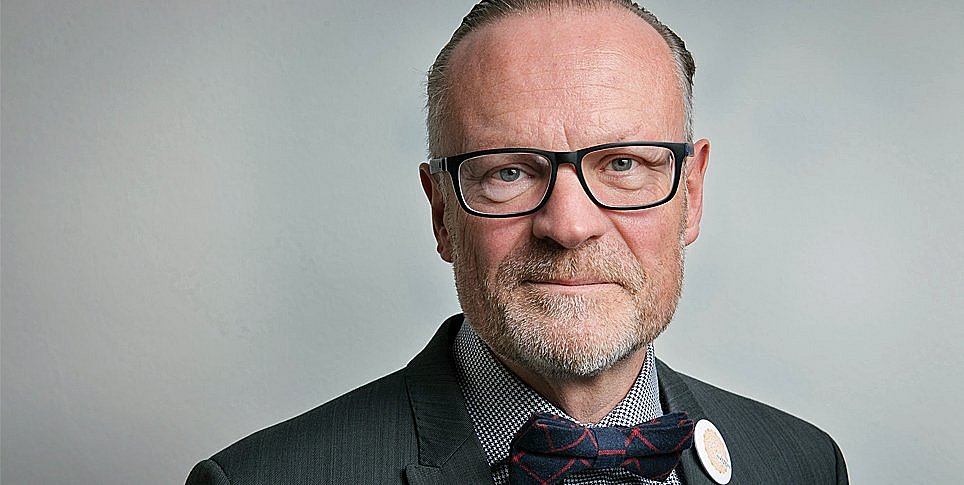
Uwe Koch © Björn Bernat für DNK
At the same time cultural heritage – perhaps insufficiently perceived as such – plays an important role in our daily lives. We do not define this for ourselves every day, but we are surrounded by cultural heritage, we live with cultural heritage: all of our values and our actions are determined by that which is passed down to us. I believe that it is important that we become more aware that cultural heritage and cultural wealth from the past are not only something to look back on, but it’s a matter of finding a position in the present day. It’s important that it’s part of our life and is valued as such – and if you value something, then you will also want to share it, you will want to hand it down.
With the European Year of Cultural Heritage we are trying to address the younger generations and a broad range of society and to comprehend participation and sharing as something which drives us and is future-oriented.
It is important that we become more aware that cultural heritage and cultural wealth from the past are not only something to look back on, but it’s a matter of finding a position in the present day.
Culture is realised in all objects and actions. Now in the Cultural Heritage Year it’s a matter of sharing what we have in common. In Europe we share rivers, mountains, goods and languages. But what, in your opinion, does European heritage have in common and what unites it?
For me, cultural diversity is the most significant feature that characterises Europe and constitutes our wealth.
This was different in the past, for example in the 19th century. When we think about erecting a monument – cultural heritage has been used here to build an identity. I find this so interesting in the example of Cologne Cathedral: this is a fantastic church building on Roman foundations which grew all through the Middle Ages, was not finished and which has always determined the identity of the region. In a huge wave of activity and upswing in the 19th century, they suddenly began to finish off building this church. The Prussians and the German Empire made this into a great national task and used the Gothic style as a European architectural style which had developed over centuries. This took place in order to distinguish it from France and, from the point of view of the historical genesis, was really quite abstruse. However, we can see the utilisation of culture and cultural heritage here for a national state development. In this respect the 19th century is also a Europe of setting boundaries, to emphasise one’s own country and distance oneself from one’s neighbours.
But now we are in a time in which it is not only necessary, but also possible, to discover unifying things in Europe’s cultural diversity.
In future there are important tasks to make this regionally more comprehensible, that is to find a narrative so that the unifying element is the permanence of exchange and movement across boundaries.
Discovering and responsibility, culture and cultural heritage. Our cultural heritage is passed on and changed by many people. Memory institutions such as museums, libraries and archives have, as a rule, the task of collecting, preserving, protecting, researching and communicating cultural heritage. Do these institutions have a specific mandate – that is, over and above that which we all do – when it’s a matter of cultural heritage?
All cultural heritage institutions, whether archives, libraries, monument owners, heritage agencies or museums, do this on a daily basis. But communicating is an area of responsibility which can be defined to different extents. We open the building in the classical sense by showing exhibitions or opening the gates on Heritage Day – but some things are not revealed by viewing only one particular place.
I would like to make this clear with an example: the sites of the “Westfälischer Friede” (Peace of Westphalia) are splendidly exhibited in Münster and Osnabrück. These are places where you can concern yourself with the topics “Europe, peace” and specifically with the “Westfälischer Friede” which ended the Thirty Years’ War.
But is this sufficiently comprehensible at one place only? Wouldn’t there be another view of the historical dimensions if I link this place with, for example, the place which is generally considered to be the starting point of the Thirty Years’ War, namely Prague Castle with the Prague Defenestration?
I believe we would do ourselves a favour with a successful communications approach if we could explain history in more depth by creating narrative spaces and narrative places which can only be possible by linking the different areas of cultural heritage.
Taking the example of the topic the “Thirty Years’ War“: by not only visualising the historical place of the monument, but also the literary creativity of Andreas Gryphius, for example, who described in a very vivid manner what a terrible event the “Thirty Years’ War” was in his sonnet “Tränen des Vaterlandes” (Tears of the Fatherland) in 1636.
Moreover, there is, of course, music and further areas of cultural heritage which enable us to better comprehend places. For this is the great challenge in the future: to interlink things more effectively with one another.
This is absolutely necessary, especially with a view to the question which you formulated earlier, namely what are these unifying elements?
Today the great challenge is to find other forms of communication in a multi-perspective cooperative way. To this end it is important that all cultural heritage protagonists preserve the evidence of cultural wealth – this is the core task – but I believe that as regards communication, there are new tasks.
I believe that digital possibilities are both valuable and inexhaustible. They offer us new possibilities, but also new risks.
You have just expounded on this: it’s a matter of the narrative about us and about the topics to be discussed: ‘who we are’, ‘who are our neighbours’, ‘ what is foreign to us, what is our own culture’. Indeed, it seems that cultural institutions are taking a new approach to this communication task. They have already begun to digitise their holdings and make them available or use digital media for communication purposes. How do you see this? What is the significance of digitisation for memory institutions today?
I believe that digital possibilities are both valuable and inexhaustible. They offer us new possibilities, but also new risks.
I’m sometimes shocked when I observe people in everyday life who are focussing their attention so intensely on the possibilities offered by media today that they are no longer even aware of their surroundings. On the other hand there are an incredible number of interesting possibilities to learn about the diversity of cultural heritage through digital media and linking places and stories with one another by digital means. I find this fantastic.
At the same time we must bear in mind that there must be a way to learn how to deal with this appropriately. And it is a great responsibility to use these positive possibilities in the right way, so that misuse can be avoided and a learning process begins, especially among young persons, which reveals the wealth of cultural heritage also beyond the digital world.
Digitisation does not replace what we have as cultural heritage, but it helps us to explain and identify things. It must lead to an explanation and something authentic. The material value can only be attached to the original.
You have just referred to the diverse possibilities of digital media for cultural institutions and, at the same time, to the challenge of how to practise dealing reflectively with these. The Deutsche Digitale Bibliothek has been organising the cultural hackathon “Coding da Vinci” for several years now. We have been doing this together with several project partners in order to bring together the – in any case partly perceived as such – different areas of technology, digitisation and culture, and we would, of course, like many applications to be developed here, apps for smartphones or virtual reality applications for museums and similar things. Cultural institutions make open data available for these so that technicians, designers and programmers can work with these and develop new things. What opportunities are there for open cultural data in your opinion?
I can only talk about what we are trying to do ourselves. We have helped to organise the cultural hackathon this year for the first time and we are gaining experience here. The dialogue between the protagonists of the digital world and cultural heritage protagonists has quickly revealed that there are a great many overlaps. We have gained a lot of positive experience and will continue on this way and we can only recommend developing these possibilities together. Virtual access to a historical place, to a city, will be really exciting if I supply sufficient basic data and links to these.
The aim of the Deutsche Digitale Bibliothek is to make the entire cultural heritage of Germany accessible centrally on a portal, a web page, from any place in the world and at any time. In your opinion, what is the significance of this project for communicating and sharing cultural heritage?
I would like to contribute my own experience here: several years ago I was busy with an ambitious exhibition project; that was in 2002. It concerned the humanistic polymath Kaspar Peucer, the son-in-law of Philipp Melanchthon. He had published many works and a lot had been written about him. When I began to initiate, implement and curate this project at that time, I had to spend a long time searching and going from libraries to archives and from archives to libraries. The material available digitally was very limited. Today, if I look up “Kaspar Peucer” in the Deutsche Digitale Bibliothek, I can call up an incredibly large number of his publications at one go. This just shows what possibilities are offered by participation! Access is possible much more quickly and sources are revealed more quickly. This is a very important prerequisite for participation.
Of course, it’s enjoyable to go into a library and look for something yourself. But with regard to the requirement of being able to access and link things as quickly as possible, the Deutsche Digitale Bibliothek is a fantastic improvement. It’s therefore a fantastic development since then and in this respect I can only support this approach.
I find that the “Sharing Heritage Approach” - although the motto for a year - is essentially a task for perhaps the next decade. In this respect I find it quite fantastic that the Deutsche Digitale Bibliothek is a “Sharing Heritage Institution” and I’m a user who is happy that it exists.
